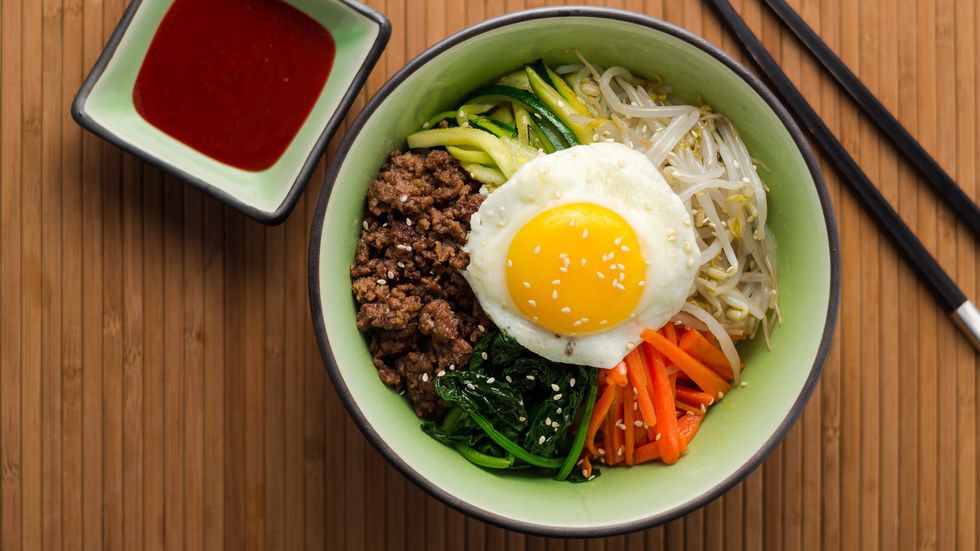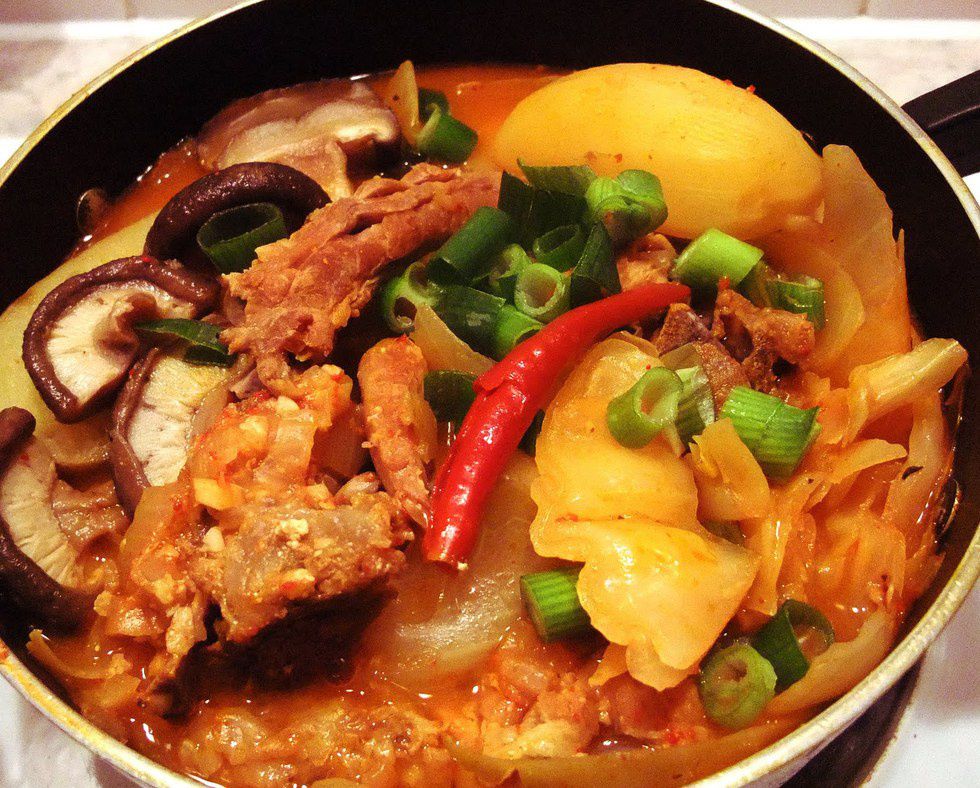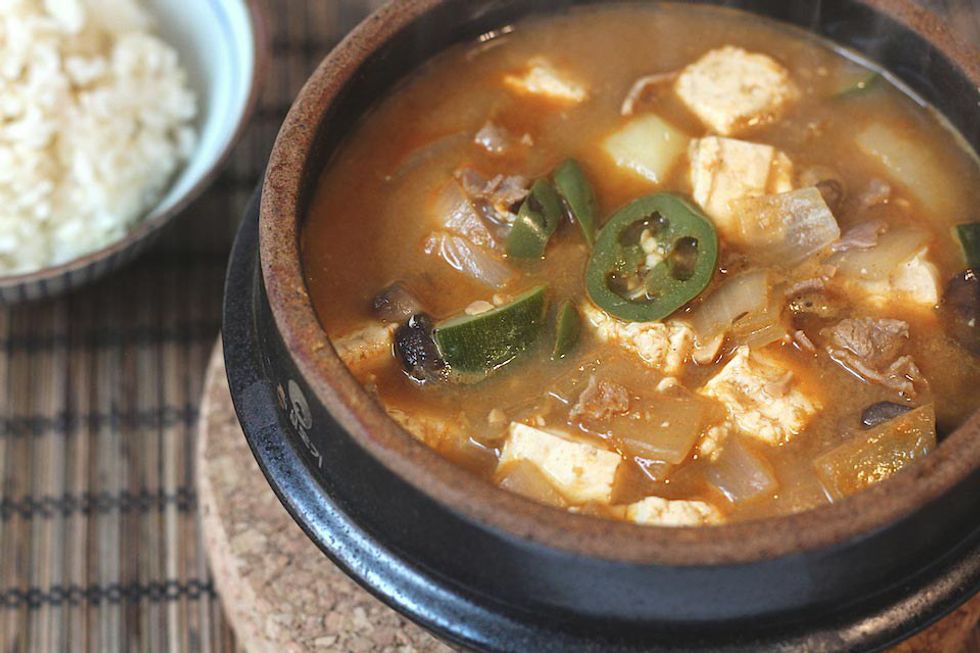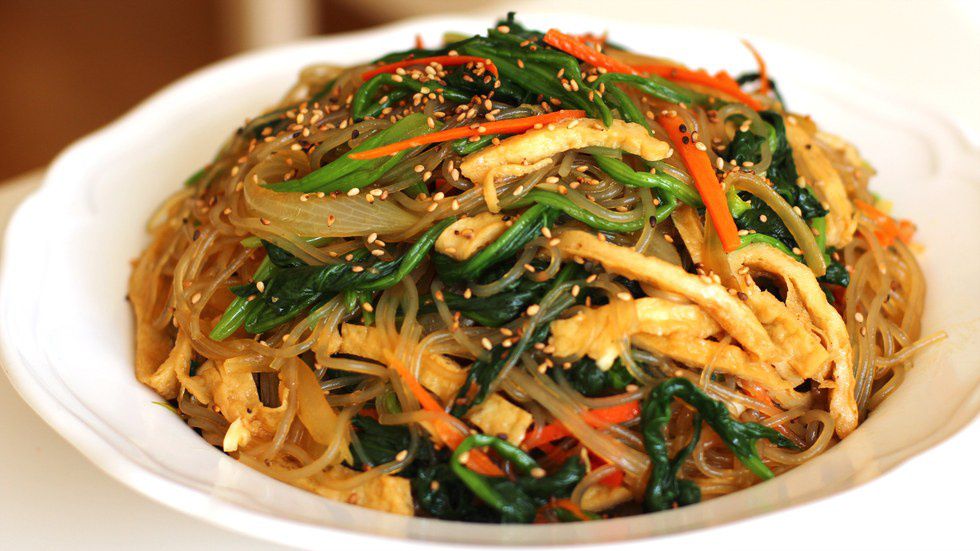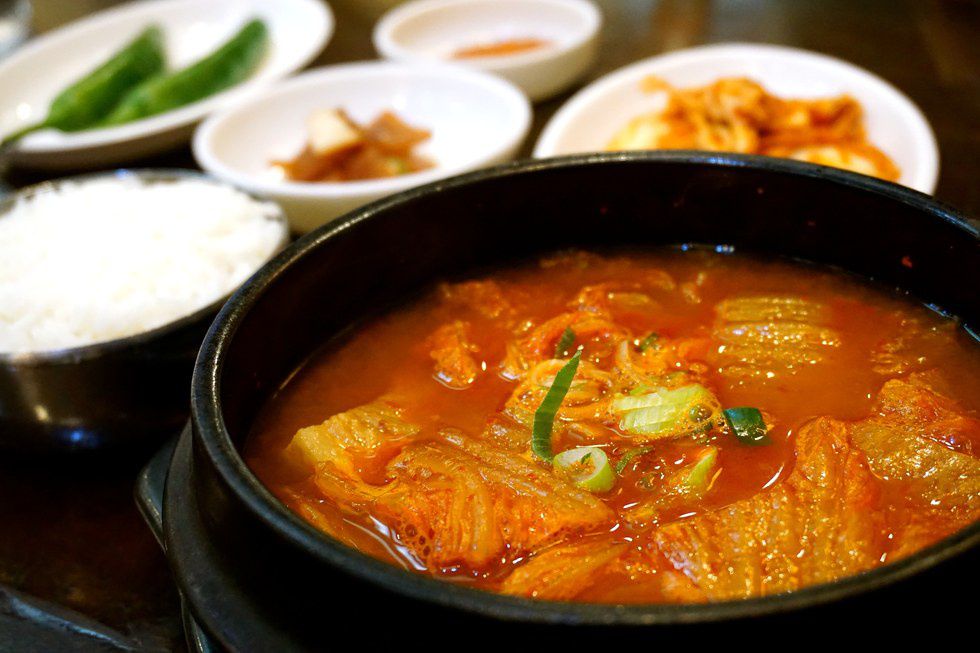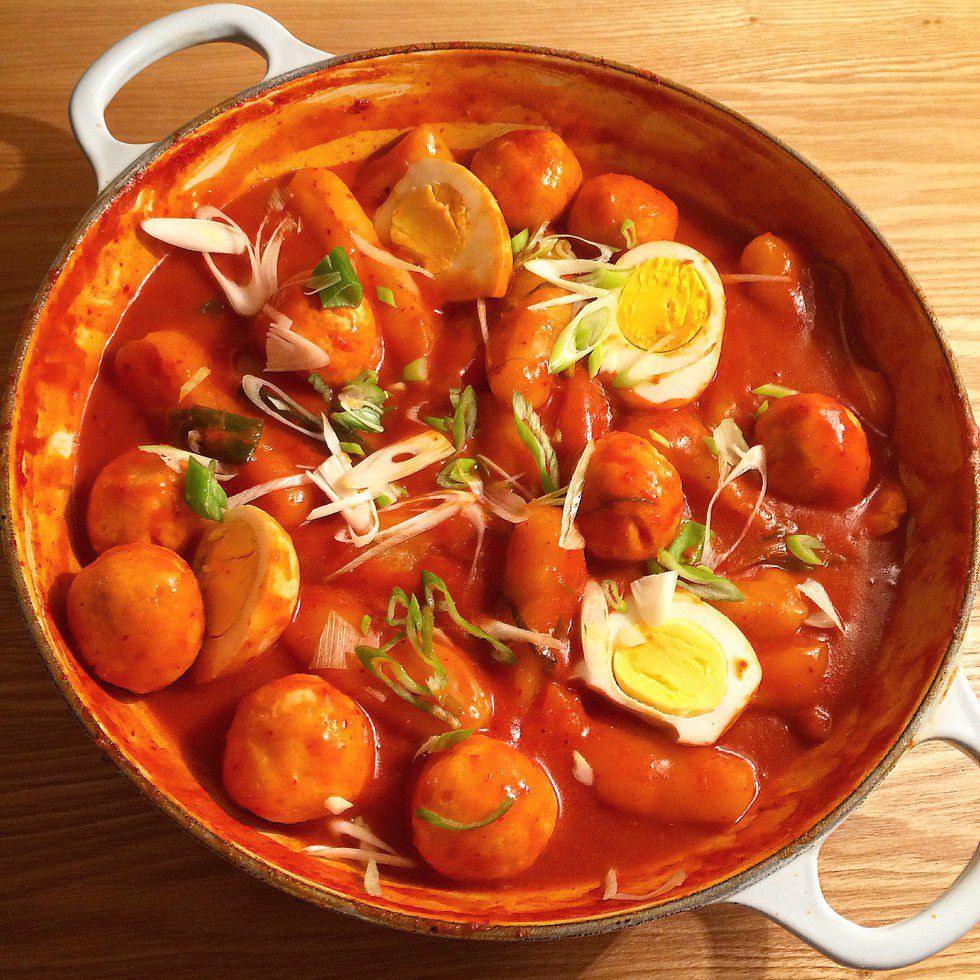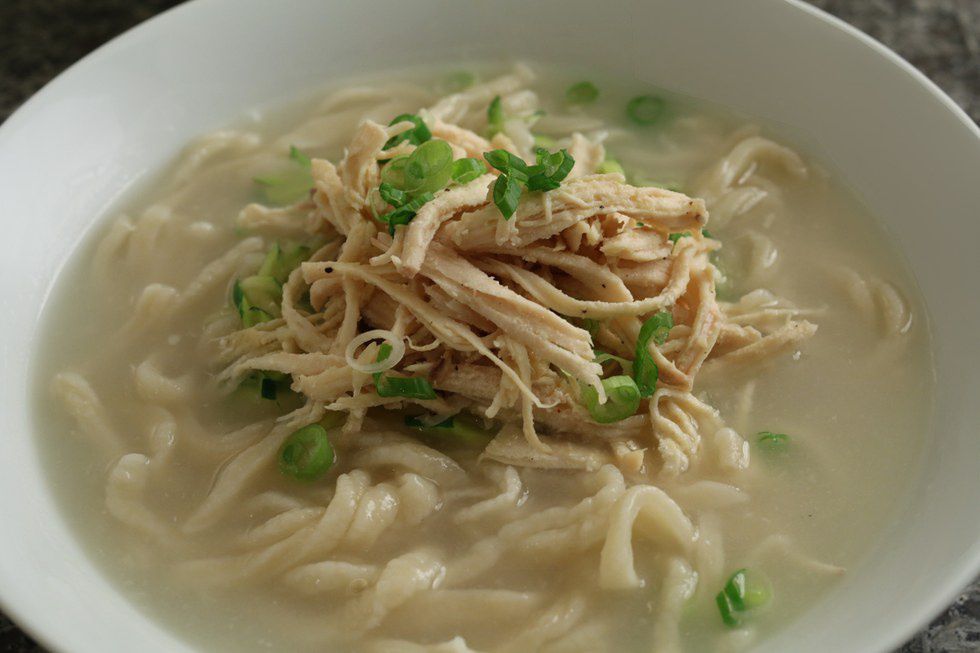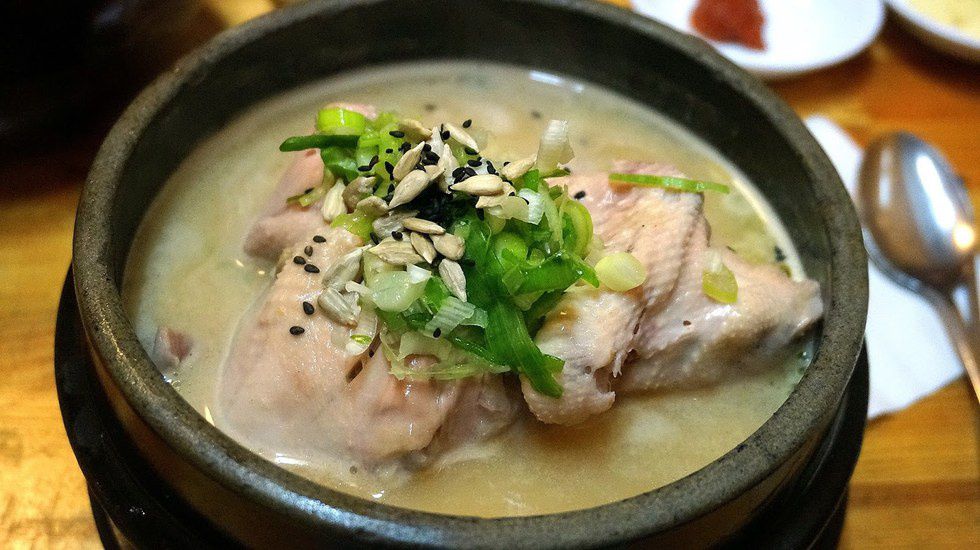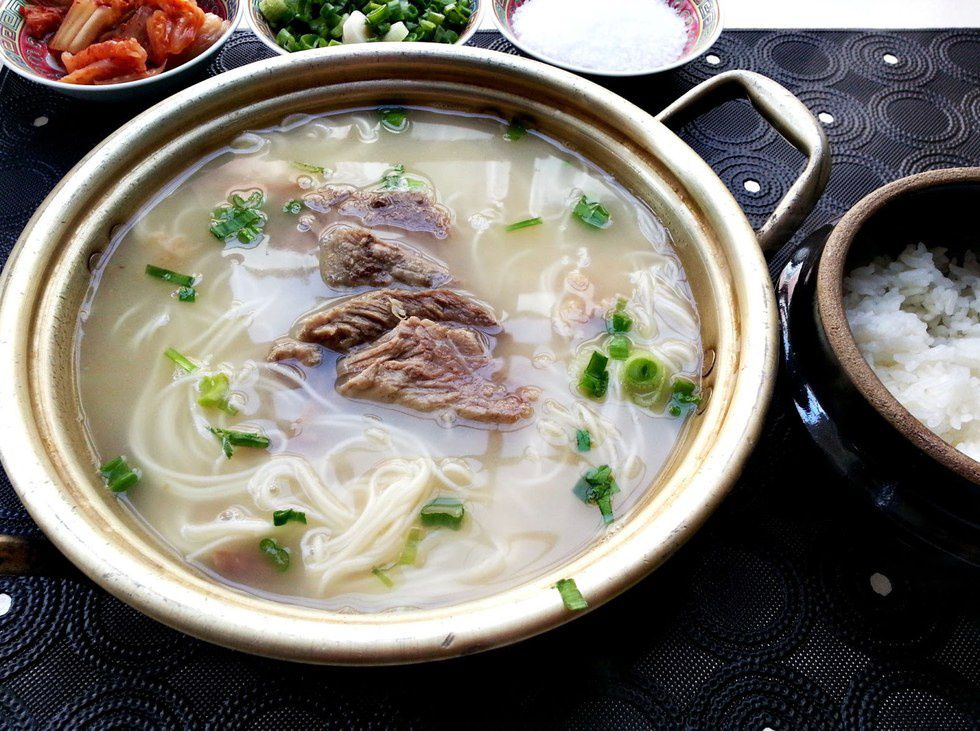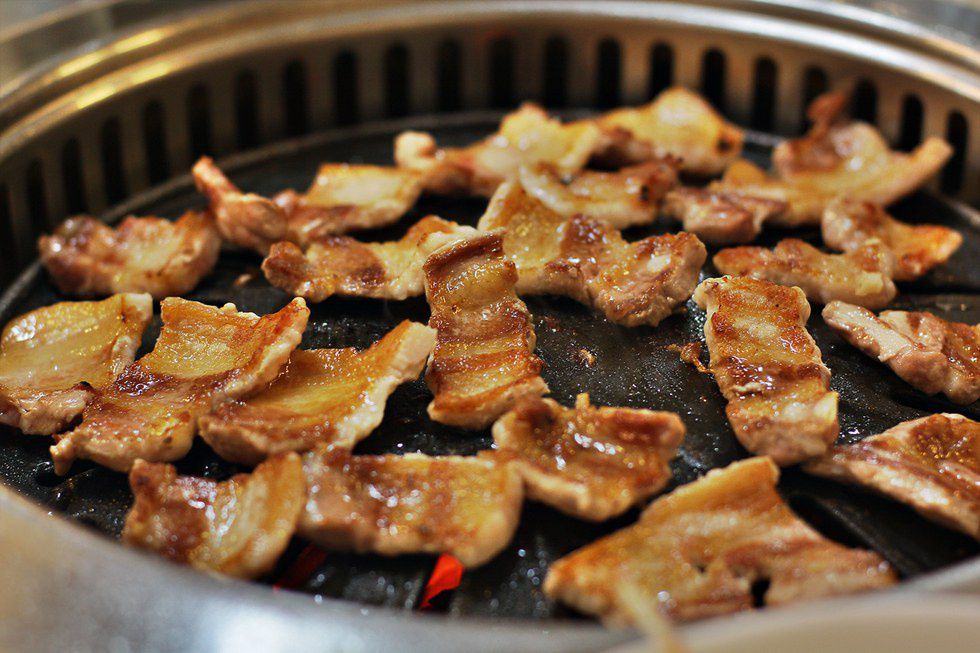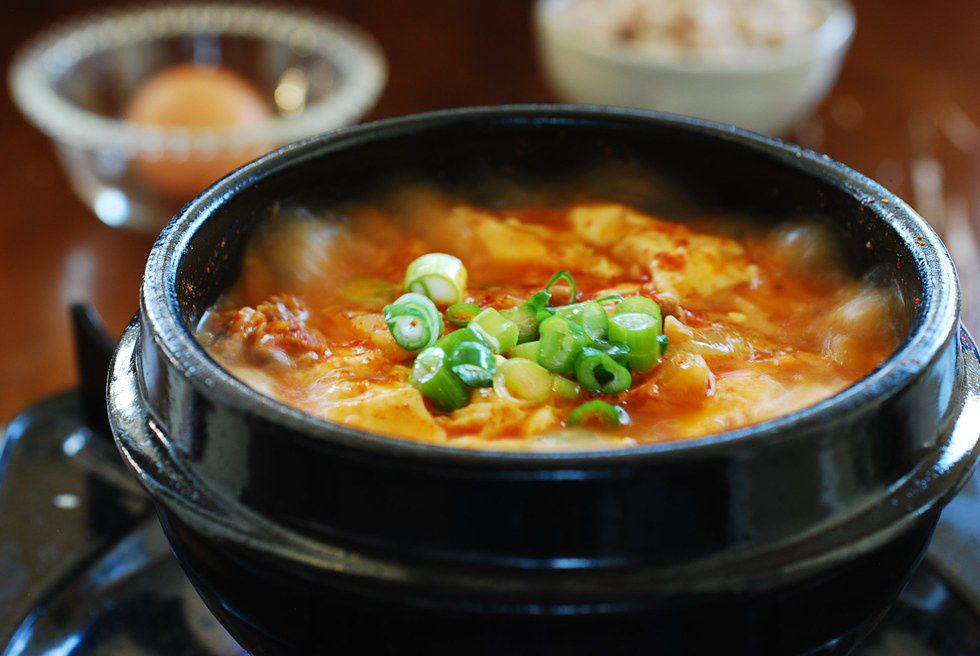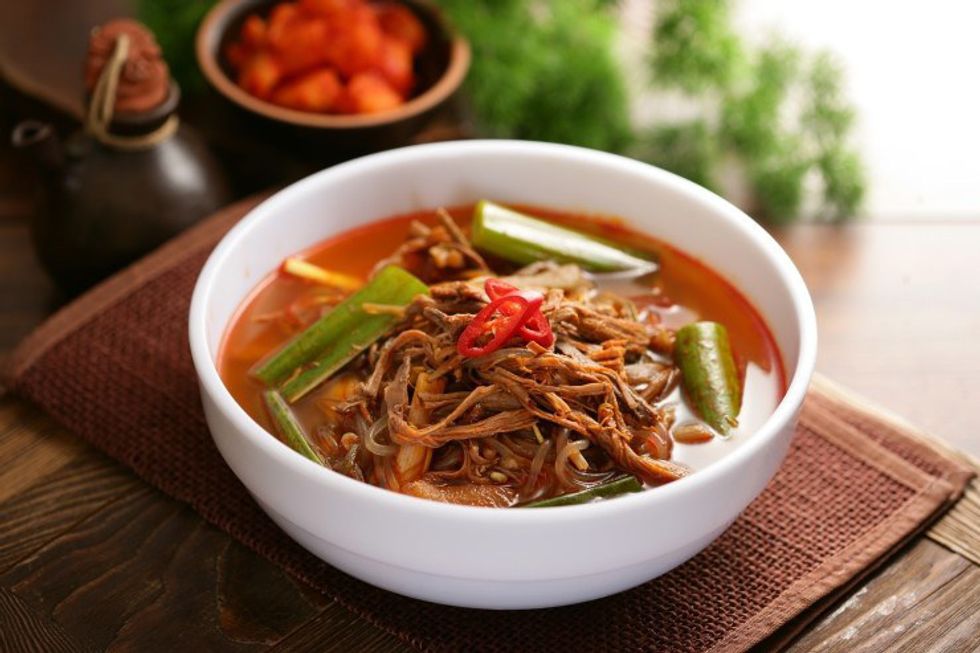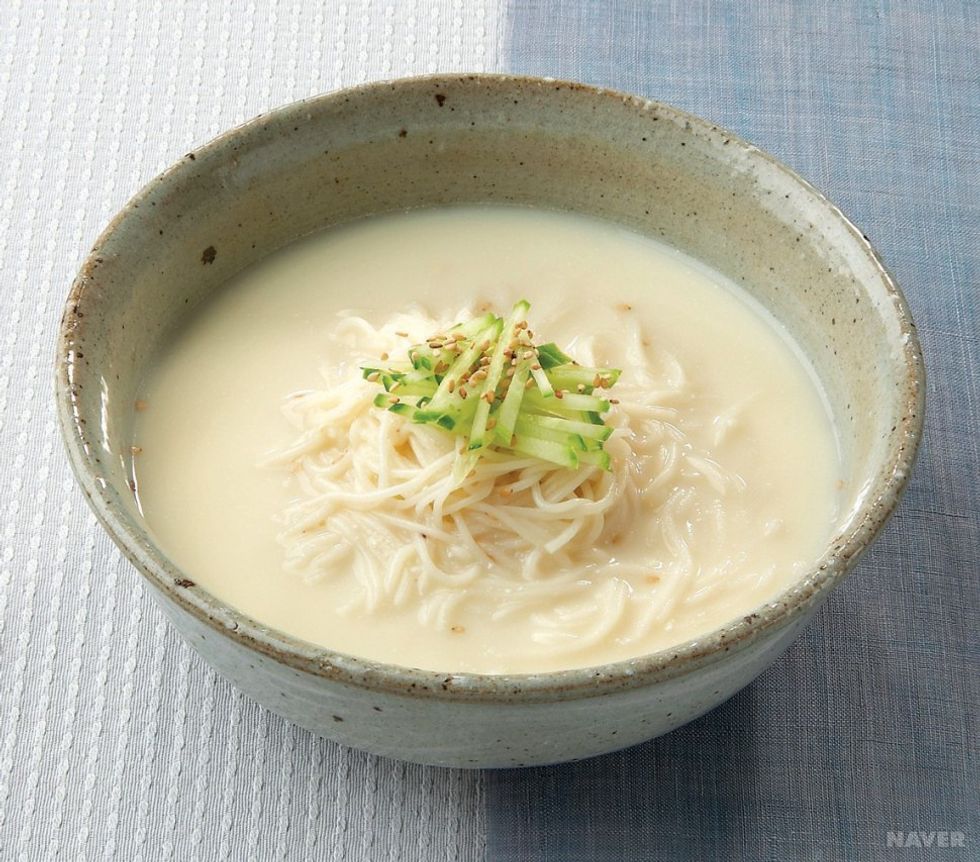Korean cuisine reflects a rich and complex culture that incorporates strands of Chinese and Japanese influence, and is vibrant in color and flavor, with developments unique to Korean cooking and culture. For example, unlike some countries, rice serves as the main dish and is accompanied by a variety of side dishes (banchan) rather than single courses or entrées. To season, Korean cooking uses garlic, soy sauce, sesame oil, red pepper paste (gochujang) and fermented soybean paste (doenjang) and anchovy stock or dried kelp for broth bases. Using these basic ingredients, Korean cuisine puts out a countless array of delectable dishes. And of these, below are fifteen must-try Korean dishes that are sure to satisfy at the very least, whether you’re an experienced foodie or an eager newbie looking to broaden your cultural horizons.
1. Bibimbap (Mixed Rice)
Bibimbap, literally “mixed rice,” is a classic Korean dish of rice, assorted vegetables (including spinach, carrots, mushroom, gosari, squash) and ground beef topped with a semi raw egg and mixed with spicy pepper paste and sesame sauce. Savory, spicy and easily altered according to personal taste, it's a great dish to start your Korean cuisine journey off with.
2. Gamjatang (Pork Bone Soup)
Also known as Pork Bone Soup, Gamjatang is a spicy and gratifying dish. Its pork bone and soybean paste broth is infused with spicy peppers and chili powder, which gives the soup its tangy taste, with additional potato chunks, radish and napa cabbage, seasoned to perfection with fish sauce and wild sesame.
3. Doenjang-jjigae (Soybean Paste Stew)
Soybean Paste Stew is a salty and savory dish with an anchovy, dried kelp and soybean paste based soup with potato, squash, onion, green onions and tofu. As the name suggests, soybean paste is the main ingredient, so the quality of doenjang is of highest importance!
4. Galbijjim (Korean Braised Short Ribs)
A personal favorite, galbi jjim is braised ribs marinated in a sweet, heavenly combination of soy sauce, cooking wine, garlic, honey, potato, carrot and onions as well as a pinch of paprika.
5. Japchae (Stir-fried Sweet Potato Noodles)
If there’s one food you can expect to have at any Korean gathering, it’s Japchae. Categorized as a janchi food (party food), this dish is an irreplaceable part of a celebratory or social event. It's a mix of sweet potato noodles and vegetables (spinach, mushrrooms, carrots and onions) stir-fried in sesame oil and seasoned with soysauce and a dash of sugar that binds it all together in a delightful package of flavor.
6. Kimchi-jjigae (Kimchi Stew)
Otherwise known as Kimchi Stew, this anchovy broth based dish incorporates an irresistable combination of tofu, scallions, pork and of course, kimchi (the older the better...slightly soured is ideal). Spicy and refreshing, Kimchi-jjigae makes for a common meal in many korean households and is enjoyed at any time of day.
7. Tteokbokki (Spicy Rice Cakes)
Almost everyone in Korea has memories of walking back from school and purchasing Tteokbokki from street vendors or small shops on the way home, often eaten with kimbap and fishcake soup. A classic Korean comfort food, they are arguably the most popular and sought out street food in Korea. The standard recipe calls for ricecake (tteok) stirred in a red pepper paste and water mixture accompanied by fishcake, carrot and cabbage. But with Tteokbokki, there are endless possibilities and countless variations. Among many others, there is seafood Ttoekbokki, ramen Ttoekbokki (Rabokki) (mixed with boiled eggs and fried dumplings), as well as an unspicy version with soysauce seasoning (ganjang Tteokbokki). Sindang-dong, which is widely regarded as Tteokboki town, displays an immense spirit of innovation and adaptation as it hosts numerous stores with their own signature Tteokbokki.
8. Kalguksu (Hand Cut Noodles)
Kalguksu is a hearty dish with flat noodles in sticky broth derived from dried shrimp and mushrooms, anchovies and soysauce. It's topped with carrots, potatoes, squash, mushrooms and green onions, and made complete by a choice of meat, such as chicken and manila clams (bajirak). The point of this dish is its handmade noodles which complement the dish's starchy soup perfectly.
9. Naengmyun (Cold Noodles)
This cold noodle dish (literally) is a summer favorite among Koreans. Thin, chewy noodles are submerged in a cool, refreshing blend of beef broth, vinegar and mustard, topped with thinly sliced pickled radish, beef and cucumbers.
10. Samgaetang (Ginsaeng Chicken Soup)
Believed to have remedic effects, Samgaetang is often eaten when sick or weak. This unique dish calls for a whole chicken stuffed with sticky rice, garlic, dried jujubes and ginseng, served in a fragrant broth. These natural ingredients give Samgaetang its natural, earthy flavor and herbal essence that is said to ward off fatigue and aid in recovery from illness. Though it's a hot dish, it is most commonly eaten in the summer, for as the saying goes, “one must fight fire with fire."
11. Seolleongtang (Ox Bone Soup)
Seolleongtang is a soup dish with a base of ox bone broth, Korean radish and beef slices. Salt, pepper and green onions are added according to personal preference and is often served with rice and/or somyeon (wheat flour noodles). This dish was apparently named after the place where king Sunjong of the Joseon dynasty held ancestral rites in hopes of favorable weather and a good harvest, where the dish was first developed.
12. Samgyupsal (Pork Belly)
Samgyupsal is often eaten as ssam, when meats, such as pork belly, are wrapped in lettuce or other leafy vegetables with various side dishes, like kimchi. It is often dipped in ssamjang, a special type of paste made specifically for eating ssam. Otherwise, it can be enjoyed simply with rice and a dipping sauce made of sesame seed oil, pepper and salt. Samgyupsal suggests social gathering and family and is thus a favorite among Koreans for any occasion.
13. Soondubu Jjigae (Soft Tofu Stew)
Soondubu Jjigae is a spicy dish made of a soup based on anchovy stock, dried kelp and red pepper paste and of course, the main ingredient: soft tofu. There are many variations, which range from versions with mixed seafood to meats such as beef or pork. In restaurants, they are often served in traditional stone bowls in which it arrives hot and bubbling, eminating a mouthwatering aroma.The best part of all is when you crack in a raw egg, which cooks gradually as you eat.
14. Yukgaejang (Spicy Beef Stew)
Yukgaejang is an intricate dish that exemplifies an exquisite fusion of beef, peppers, scallions, bean sprouts, green onions, gosari and egg. It is said to have brought tears to Sunjong, the last king of Joseon, as he signed a treaty that would surrender power to the Japanese for the next thirty five years. Through Yukgaejang, he was reminded of his people: the beef represented loyalty; the chillies, strength; the fiddleheads, perseverence; and the taro stems, resilience.
15. Kongguksu (Bean Noodles)
Clean, simple and refreshing, this dish is perfect for the summer. Wheat flour noodles are immersed in a silky soybean soup, which is lightly seasoned with salt and sesame seeds and garnished with thinly sliced cucumbers and, if desired, ice. The flavor does take some getting used to, but the more you eat it, the more enjoyable it'll become. Soon enough, it'll be topping your personal favorite summer food list.




